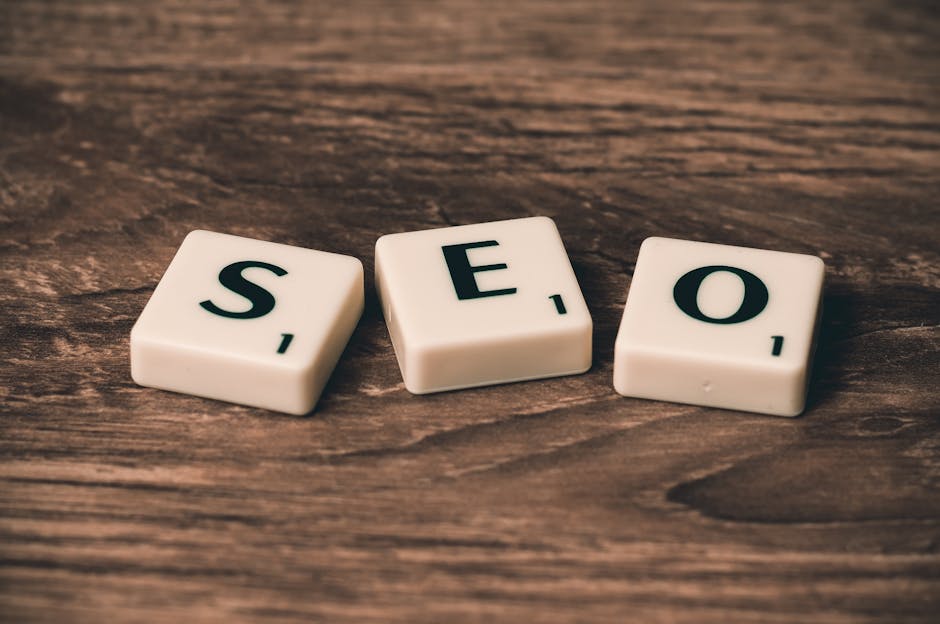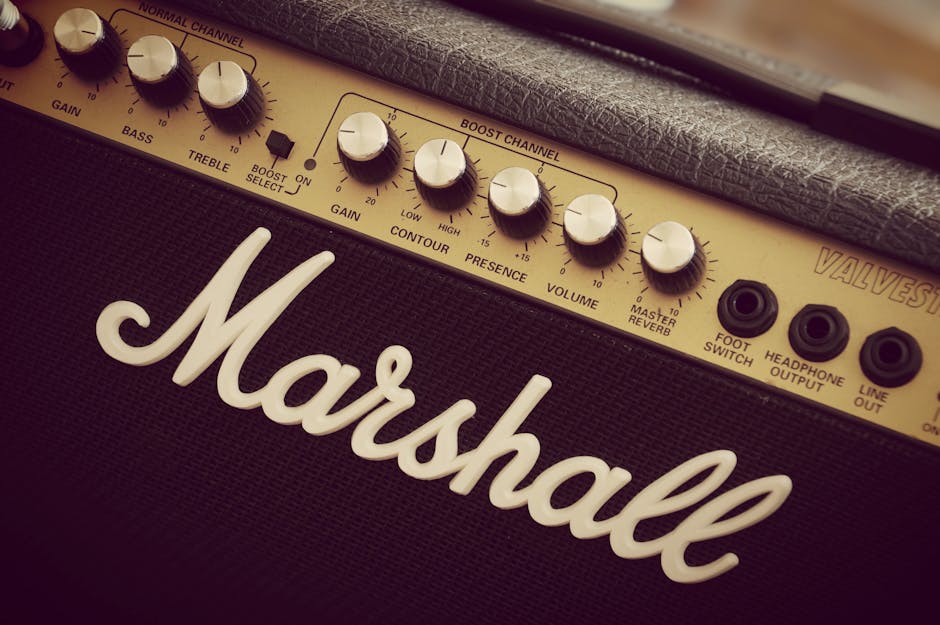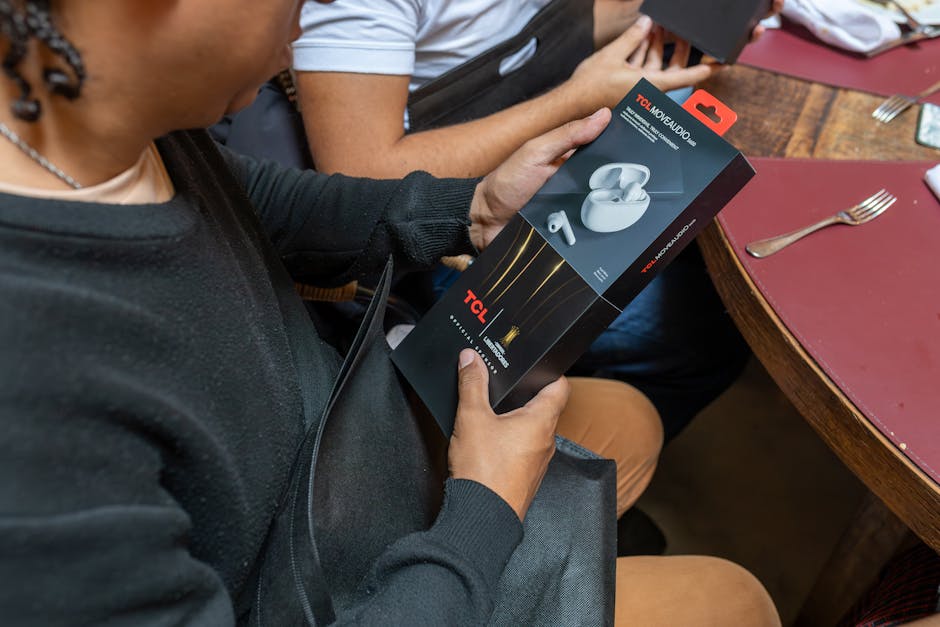Soundwave Optimization: Explore Audio Branding's Impact on SEO
When you think about SEO, audio branding might not be the first thing that comes to mind. However, as digital experiences evolve in 2025, the integration of sound into marketing strategies becomes increasingly significant, not just for brand identity but also for influencing search engine rankings and user engagement. This article delves into the fascinating world of soundwave optimization and how it impacts your SEO strategy.
The Growing Importance of Sound in Digital Marketing
As technology advances, consumers are exposed to a barrage of marketing messages across multiple channels. In this landscape, auditory branding offers a unique opportunity to cut through the noise. Sound enhances emotional connections with audiences, giving brands an extra dimension that resonates with users on a personal level. The evolution of platforms like TikTok and Spotify highlights this trend, as brands leverage sound to enhance engagement and recognition.
Consistent auditory elements, whether it's a jingle, an audio logo, or ambient sounds in a commercial, can evoke specific emotions, leading users to associate that sound with your brand. Learn how you can harness these principles to elevate your SEO and SEM strategies.
Understanding the Basics of Audio Branding
Audio branding is more than just catchy tunes; it encompasses a wide range of audio elements that define a brand's identity. These can include:
- Audio Logos: Short, distinctive audio snippets that represent the brand (think Intel’s iconic four-note theme).
- Brand Jingles: Melodic phrases or songs that stick in the mind of consumers.
- Voiceovers and Narration: The type of voice used in advertisements can set the tone and mood.
According to a study by the Harvard Business Review, using sound in marketing can significantly increase brand recall, which is a key factor in user engagement and search behavior. This connection between auditory branding and SEO is becoming more vital as search engines began favoring brands that engage users through various sensory channels.
How Soundwave Optimization Works
Soundwave optimization involves strategically using sound to enhance SEO. Let's break down how audio branding contributes to this process:
1. User Engagement Metrics
Search engines, particularly Google, increasingly prioritize user experience and engagement. Incorporating sound can lead to longer time spent on pages, reduced bounce rates, and higher interaction levels. By bringing a sensory dimension to your content, you can enhance these metrics, signaling to search engines that your content is valuable.
2. Voice Search Optimization

As smart speakers and voice assistants become more common, optimizing for voice search becomes crucial. Audio branding can enhance brand recognition, ensuring users remember your brand when they make voice queries. Tactically incorporating frequently searched phrases in audio content can also improve your overall SEO strategy.
3. Emotional Resonance

Sound evokes emotions. Using the right audio branding can create a connection that encourages users to engage with your content. Emotionally charged content leads to shares, backlinks, and higher visibility in search results. Research from Moz shows that emotional engagement can significantly correlate with SEO success.
4. Enhancing Accessibility

Incorporating audio descriptions in your content not only serves your visually impaired audience but also builds a broader connection, enriching the user's overall experience. This inclusivity can improve your SEO results as it encourages longer dwell times among diverse audience segments.
5. Enhanced Branding Identity

Developing strong audio branding helps solidify your place in the market. Just as visual branding requires consistency across platforms, audio branding needs to support and enhance the existing brand identity. The more recognizable your sound, the more likely users are to engage with your brand.
Implementing Soundwave Optimization into Your Strategy

Step 1: Assess Current Auditory Elements

Take stock of any existing sounds associated with your brand. Evaluate their effectiveness in user engagement and recognition. If your brand lacks an audio component, consider how you can integrate auditory elements that resonate with your audience.
Step 2: Create Cohesive Audio Branding

Develop an audio logo or jingle that encapsulates your brand’s essence. Ensure that your auditory branding is coherent with your visual branding for a harmonized experience. Engage a professional sound designer or utilize crowdsourced talent to help achieve your vision.
Step 3: Optimize for Voice Search

Implement tools and SEO strategies that cater to voice search. This can involve the inclusion of conversational phrases that match the way users naturally speak queries. Enhancing your audio content with strong keywords used in voice searches will help optimize for this evolving search method.
Step 4: Utilize User-Generated Content

Encourage customers and followers to share content that features your brand’s audio elements. This can create authenticity and harness social proof, driving engagement and SEO success. Content that resonates with audiences is more likely to be shared, increasing your visibility.
Step 5: Analyze Engagement Metrics Effectively

Track user engagement with audio content using analytics tools. Understand which sound elements draw users in and lead to increased dwell time or conversions. Optimize based on real data rather than assumptions.
Case Studies: Brands Winning with Soundwave Optimization

Example 1: Airbnb

Airbnb successfully implemented sound branding through ambient noises that enhance a sense of place. This audio content engages users while browsing listings, creating an emotional connection that reinforces brand identity and encourages bookings.
Example 2: Coca-Cola

Coca-Cola’s use of signature jingles in advertisements demonstrates the power of emotional branding. Their associated sounds have become synonymous with joy and refreshing moments, leading to high brand recall and engagement—a tremendous asset to their SEO rankings.
The Relationship Between Audio Branding and SEO
The link between audio branding and SEO continues to tighten. Factors such as user engagement, brand recall, and emotional appeal contribute to higher search profiles. As algorithms evolve, soundwave optimization becomes an essential element in creating multifaceted digital experiences.
Additionally, as brands shift to embrace newer technologies like AR and VR, sound plays a critical role in delivering immersive experiences that further engage users. To explore more about the intersection of sensory marketing and digital experiences, check out our insights on embracing AI etiquette.
Next Steps for Soundwave Optimization
- Experiment with Different Auditory Formats: Explore various audio formats—like podcasts or audio snippets—to diversify your content.
- Collaborate for Broader Reach: Work with influencers or brands to create catchy audio logos or sound bites that can be shared widely.
- Encourage Community Engagement: Utilize tools such as social media campaigns that invite users to create content featuring your audio branding, expanding your reach naturally.
- Stay Abreast of Algorithm Changes: Keep up with industry changes and adapt your audio branding strategy to conform to emerging trends and consumer behaviors.
Final Thoughts
In an era where the digital landscape is crowded and constantly evolving, finding ways to stand out is vital. Soundwave optimization offers a unique edge to marketers aiming to boost their SEO, improve user engagement, and create memorable brand identities. By integrating audio branding into your digital strategy, you can navigate this ever-changing environment while building deeper connections with your audience. Embrace the future of SEO—where sound and marketing go hand in hand.







